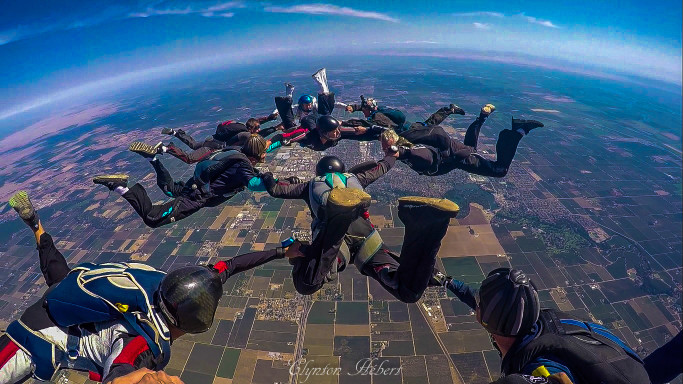How Safe Is Skydiving?
You might be wondering if skydiving is safe if you are considering it. You might wonder about the equipment used, the safety of tandem jumping, or even whether you can be involved in accidents caused by malfunctioning equipment. These questions will help determine if this activity is right to you. Continue reading to find out more. Listed below are the key questions you should ask before you begin skydiving.
Tandem skydiving
Although skydiving may not be completely safe, tandem skydiving can be relied upon to be very safe. You’ll be strapped to an instructor and have responsibilities during the freefall and on landing. Your instructor will supervise your safety and ensure that you are wearing the correct gear and following all rules. Your instructor will ensure that you are comfortable throughout the jump and address any concerns.

The USPA provides statistics on skydiving safety. Statistics show that one fatality occurs for every 500,000 jumps. A fatality is much more likely to happen if you are struck by lightning, stung or hit by an aircraft. This shouldn’t stop you from skydiving – it is something everyone should do at least once in their lives.
Modern parachute equipment
New skydiving gear has greatly improved safety by incorporating advanced safety features. Laser-cutting tables ensure that the equipment is made with the smallest pieces of nylon possible. The new gear has been designed to withstand stress levels far beyond what an ordinary jump would put it through. If the main parachute fails, a new reserve parachute can be deployed. This feature is used by 90% experienced skydivers.
Skydiving equipment today has a reserve parachute and two main chutes. The reserve parachute is packed into the top portion of the container by a FAA-certified rigger. Each jump requires two parachutes. A qualified rigger checks the reserve parachutes every six months. The reserve parachute is designed to automatically deploy in case of main parachute malfunction.
Safety of a Skydiving Center
When it comes to skydiving, safety is paramount. The USPA requires all skydiving centers employ certified and trained instructors. This will ensure that you are safe. Tandem skydiving, which involves you strapping yourself to a professional parachutist who jumps from an aircraft and communicates with ground personnel, is a safe option.
The United States Parachute Association compiles statistics on skydiving safety. These numbers are higher than those for other extreme activities like tandem skydiving and bungee jumping. While most dropzones in the United States are proud members of the USPA, there are still a few that aren’t. Be sure to check the USPA safety ratings before choosing a skydiving center.
Accidents caused by equipment malfunctions
Equipment malfunction is the number one cause of accidents in skydiving. More than 25% of the mishaps that occurred last year were caused by equipment malfunctions or failure to land properly. Incorrectly stored parachute systems can also cause fatalities and injuries. Incorrectly stored safety harness systems can also lead to accidents. This is why it is so important to practice safe jumping habits before skydiving.
One of the most common problems resulting from equipment malfunctions while skydiving is a parachute failure. Parachute malfunctions can happen at any time and can be caused by many things. There are many factors that can cause a malfunction in the main parachute. Parachute lines can become damaged and should be replaced by the jumper. In severe cases, the parachute may not deploy correctly or malfunction once the jumper reaches the desired height.